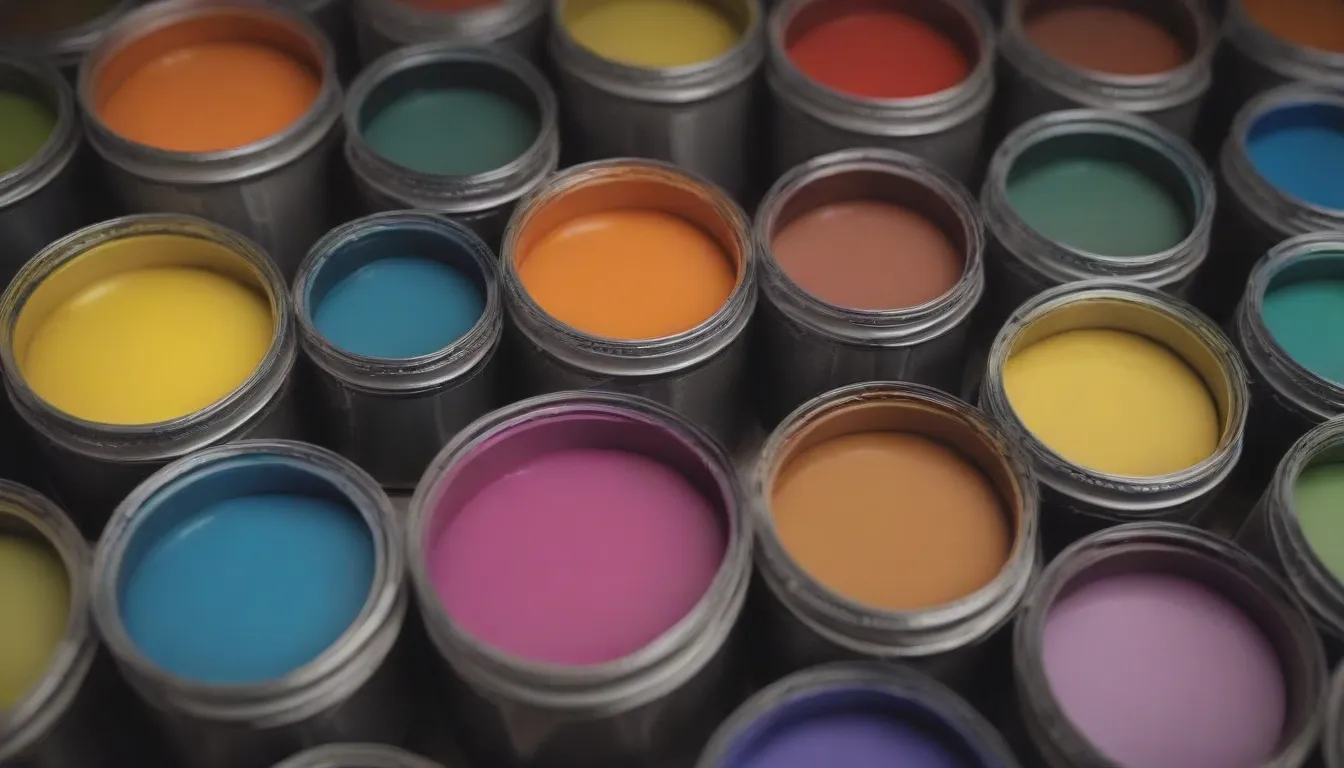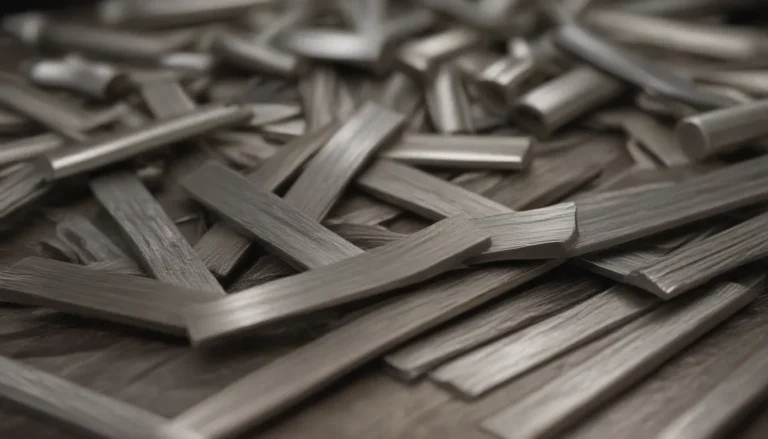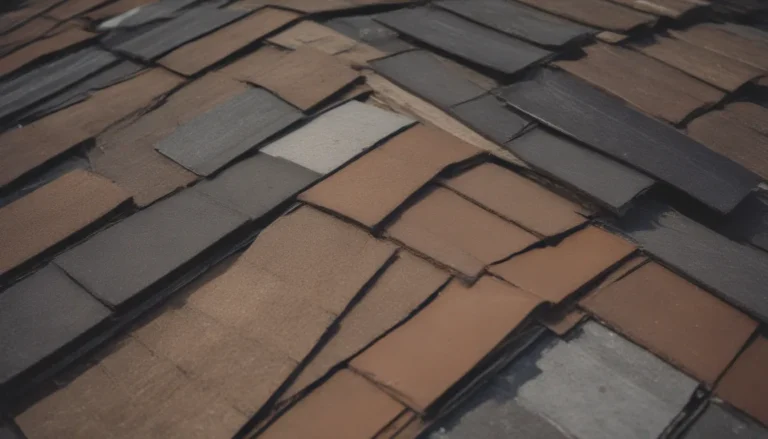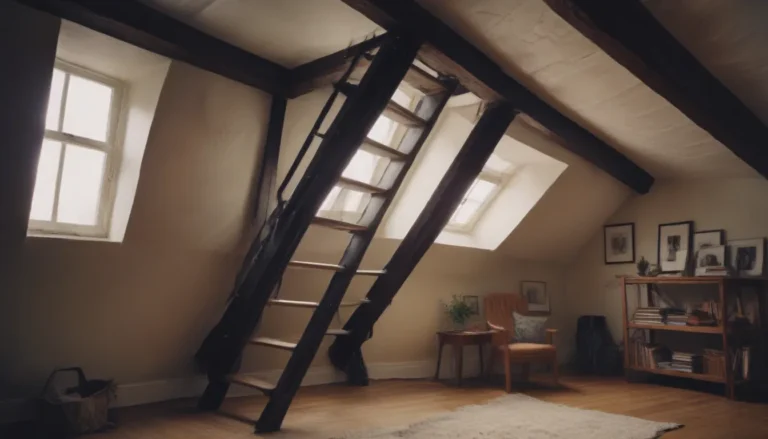Understanding Paint Drying and Curing Times: Everything You Need to Know

If you’ve ever tackled a painting project, you know that patience and attention to detail are key to achieving a flawless finish. One of the most crucial aspects of a successful paint job is understanding how long it takes for paint to dry and properly cure. Not only does this impact the appearance of your paint job, but it also plays a significant role in ensuring the longevity of the finish.
In this comprehensive guide, we will delve into the intricate details of paint drying and curing times. From exploring the various factors that affect drying times to providing valuable tips on how to expedite the process, this article will equip you with the knowledge you need to achieve professional results with your painting projects.
Factors Influencing Paint Drying Times
While the label on a can of paint might provide general guidelines on drying times, several factors can influence how long it actually takes for paint to dry. By understanding these variables, you can better anticipate the drying process and plan your painting project accordingly.
Type of Paint
Different types of paint have varying drying times due to their unique compositions. The two most commonly used types of paint are latex paint and oil-based paint, each with its own drying characteristics.
- Latex Paint: Known for its quick drying time, latex paint usually dries to the touch within an hour or two. However, it can take up to 30 days to fully cure.
- Oil-Based Paint: Oil-based paint typically dries more slowly compared to latex paint, but it also cures faster. It may take several hours to dry to the touch and up to 7 days to fully cure.
Tip: When in doubt, always refer to the label on your paint can for specific drying and curing times.
Paint Application
The way you apply paint can significantly impact the drying time. Thicker coats of paint will take longer to dry, while thin layers will dry more quickly. To achieve optimal results, consider applying several thin coats of paint rather than one thick coat. This approach not only promotes even coverage but also accelerates the drying process.
Humidity and Temperature
Environmental conditions such as humidity and temperature play a crucial role in how quickly paint dries. Paint manufacturers often specify the ideal temperature and humidity range for application on the label. Deviating from these recommendations can either prolong or shorten the drying time and compromise the quality of the finish. Pay close attention to these factors, especially when painting in areas with high humidity, such as bathrooms.
Room Ventilation
Proper ventilation is essential for efficient paint drying. Stagnant air in a closed room can slow down the drying process, while a well-ventilated space allows moisture to evaporate from the paint more quickly. Opening windows or using fans can help expedite drying times and improve the overall quality of the finish.
Understanding Paint Curing Times
Even after paint has dried to the touch or is ready for a second coat, it must undergo a curing process to reach its maximum hardness and durability. The type of paint you use will also influence the curing time.
- Latex Paint: Latex paint typically cures fully within 30 days, during which time it hardens and becomes more durable.
- Oil-Based Paint: Oil-based paint cures faster than latex paint, often achieving full hardness within 7 days.
It’s crucial to allow paint to cure completely before subjecting it to heavy use or cleaning to prevent damage to the finish.
Tips for Enhancing Paint Drying and Curing
To ensure the best results with your paint projects and expedite the drying and curing process, consider implementing the following tips:
- Be Patient: Rushing the painting process can lead to subpar results. Allow ample time for each coat of paint to dry before adding additional layers.
- Read the Manufacturer’s Label: The instructions provided by the paint manufacturer are your best resource for understanding drying and curing times specific to your paint product.
- Use a Roller: Using a paint roller can help achieve a more even application of paint, resulting in quicker drying times.
- Avoid Painting on Rainy Days: Moisture in the air can prolong paint drying times. Choose a dry day with moderate humidity for optimal results.
- Use Primer: Applying a coat of primer before painting can enhance adhesion and improve the durability of the finish.
- Increase Ventilation: Ensuring proper airflow in the painting area can help paint dry faster and more evenly.
By incorporating these tips into your painting routine, you can optimize drying and curing times and achieve professional-quality results with your projects.
Health Considerations with Paint Drying
During the drying process, paint releases volatile organic compounds (VOCs) that can pose health risks. It’s important to follow safety guidelines provided by the EPA and paint manufacturers to minimize exposure to these compounds. Low-VOC paint options are available for those concerned about indoor air quality, but it’s always best to err on the side of caution and allow for proper ventilation when painting in enclosed spaces.
In conclusion, understanding the intricacies of paint drying and curing times is essential for anyone embarking on a painting project. By familiarizing yourself with the factors that influence these processes and adopting best practices for painting, you can achieve professional results and prolong the life of your paint job. Remember, patience and attention to detail are key to a successful painting experience. Happy painting!





